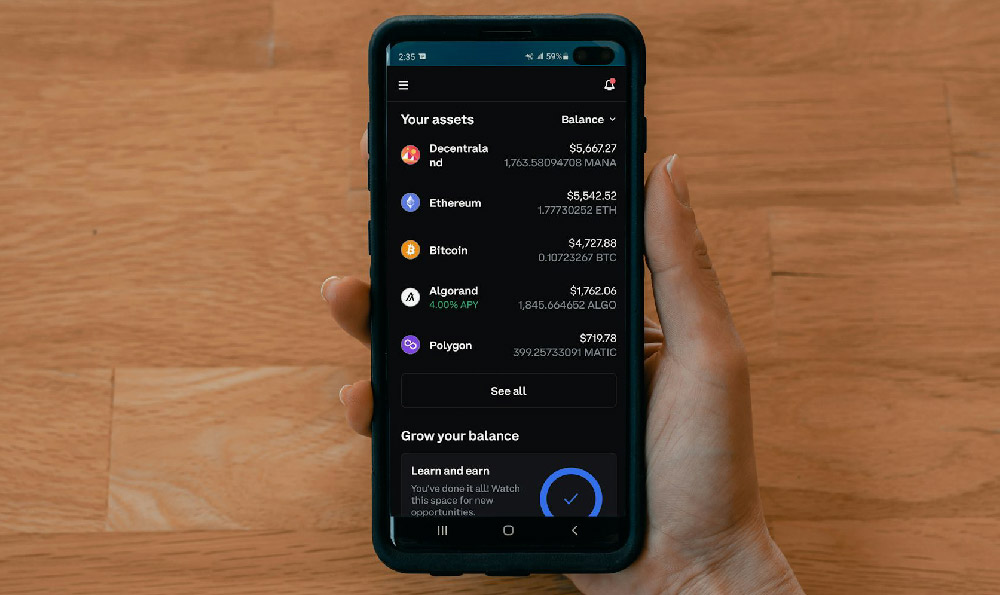How Does Facebook Generate Revenue? What Are Facebook's Income Streams?

Facebook, now under the umbrella of Meta Platforms, Inc., is a behemoth in the digital advertising landscape and beyond. Understanding how this social media giant generates its revenue is crucial to grasping its business model and appreciating its financial success. While it may seem simple on the surface, the complexities of Facebook’s income streams are worth exploring to truly appreciate its financial architecture.
The undisputed king of Facebook’s revenue generation is advertising. The vast majority of Meta's income, typically exceeding 97%, is derived from the sale of advertising space across its various platforms: Facebook, Instagram, Messenger, and its Audience Network. What makes Facebook's advertising model so powerful is its unparalleled access to user data. The company meticulously collects information about its users – their demographics, interests, online behavior, purchasing habits, and connections. This granular data allows advertisers to target incredibly specific audiences with tailored messages, significantly increasing the effectiveness of their campaigns. Imagine, for instance, a local bakery wishing to reach potential customers within a five-mile radius, aged 25-45, who have expressed interest in baking or desserts. Facebook's advertising platform allows them to do precisely that, and with remarkable precision.
This targeted advertising is facilitated through a sophisticated auction system. Advertisers bid on the opportunity to display their ads to particular audiences, and Facebook's algorithm determines which ads are shown based on a variety of factors, including the bid amount, the ad's relevance to the user, and the ad's quality. The higher the bid and the more relevant and engaging the ad, the greater the chances of it being displayed. This competitive marketplace drives revenue for Facebook while ostensibly providing advertisers with a platform to reach their ideal customers.

Within the advertising realm, there are different formats and placement options that contribute to revenue. These include:
- Display Ads: These are the traditional banner-style ads that appear in various locations on Facebook and its associated platforms, such as in the news feed, on the right-hand column, and within Messenger.
- Sponsored Posts: These are posts from businesses or organizations that are promoted to reach a wider audience than their organic reach would allow. They appear seamlessly within the user's news feed and are often visually engaging, making them highly effective.
- Video Ads: As video consumption continues to rise, video ads have become a major revenue driver for Facebook. These ads can be short and snappy, or longer and more immersive, and they can appear in various formats, such as in-stream ads (playing before or during video content) and out-stream ads (playing in the news feed).
- Lead Ads: These ads are designed to generate leads for businesses by allowing users to fill out a form with their contact information directly within the ad. This eliminates the need for users to click through to a separate landing page, making it easier for businesses to collect valuable leads.
- Collection Ads: Designed for e-commerce, collection ads allow businesses to showcase a collection of products in a visually appealing format, making it easy for users to browse and purchase items directly from the ad.
Beyond direct advertising, another revenue stream, while smaller, contributes meaningfully: payments and fees. This category encompasses revenue generated from activities such as in-app purchases on games and applications available on the Facebook platform. When users buy virtual goods or subscribe to premium features within these games and apps, Facebook receives a percentage of the transaction. Meta Quest store purchases also fall into this category as the company builds its metaverse presence. Furthermore, the company generates revenue from its payments infrastructure, particularly related to its efforts in facilitating peer-to-peer transactions, particularly in regions where digital payment systems are less developed. This element, however, is continually evolving.
While hardware sales are not a dominant revenue stream currently, it's a growing area of investment and potential future income. Meta's Reality Labs division, responsible for developing virtual reality (VR) and augmented reality (AR) technologies, including the Meta Quest headsets, is gaining traction. While the division currently operates at a loss due to heavy investment in research and development, the potential for future revenue growth in this area is significant as VR and AR technologies become more mainstream. The sale of these devices, along with related accessories and software, contributes to Meta's overall revenue. The long-term vision involves integrating these hardware products more seamlessly into the company's social media ecosystem, creating new opportunities for user engagement and monetization.
Finally, data licensing and partnerships contribute in a smaller, but strategic, fashion. While Facebook's core business model revolves around using user data to target advertising, the company also licenses anonymized and aggregated data to third-party researchers and businesses for various purposes, such as market research and trend analysis. These partnerships, while not a primary source of revenue, provide valuable insights and opportunities for collaboration, further strengthening Facebook's position in the technology industry. Facebook also partners with businesses, primarily data providers, to improve their own data accuracy and provide advertisers with greater insight into advertising effectiveness.
In conclusion, Facebook's revenue generation strategy is multifaceted and constantly evolving. While advertising remains the dominant source of income, the company is actively exploring new avenues for growth in areas such as virtual reality, hardware sales, and data licensing. Understanding these different income streams is crucial to appreciating the complexity and resilience of Facebook's business model and its enduring position as a global technology leader. As the digital landscape continues to evolve, Facebook will undoubtedly continue to adapt and innovate its revenue generation strategies to maintain its competitive edge.















